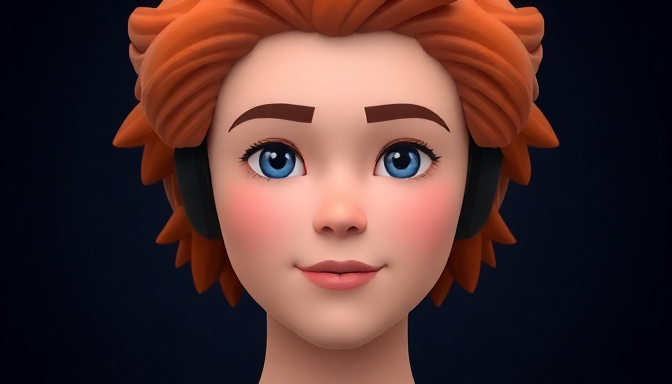
Choosing Your Frontend Framework (React.js)
Building a modern web application, especially one as complex and interactive as a conversational AI avatar platform, begins with a fundamental decision: choosing the right frontend framework. This framework will serve as the foundation for everything the user sees and interacts with, from uploading their video to engaging in a real-time conversation with their generated avatar. The demands are high; we need to handle intricate user interfaces, manage streaming data, render sophisticated 3D graphics, and maintain smooth, responsive interactions.
Several excellent JavaScript frameworks exist today, each with its strengths. However, for a project requiring dynamic rendering, efficient state updates, and a robust ecosystem for integrating diverse technologies like 3D libraries and real-time communication protocols, certain frameworks stand out. Our choice needs to provide both the structure to manage complexity and the flexibility to incorporate specialized libraries.
After evaluating the landscape and considering the specific requirements of integrating 3D rendering, real-time chat, and media processing interfaces, we've selected React.js as the core frontend framework for this guide. React, developed by Facebook (now Meta), is a declarative, component-based JavaScript library for building user interfaces. Its popularity isn't just hype; it's built on principles that align well with the needs of a modern, complex web application.
